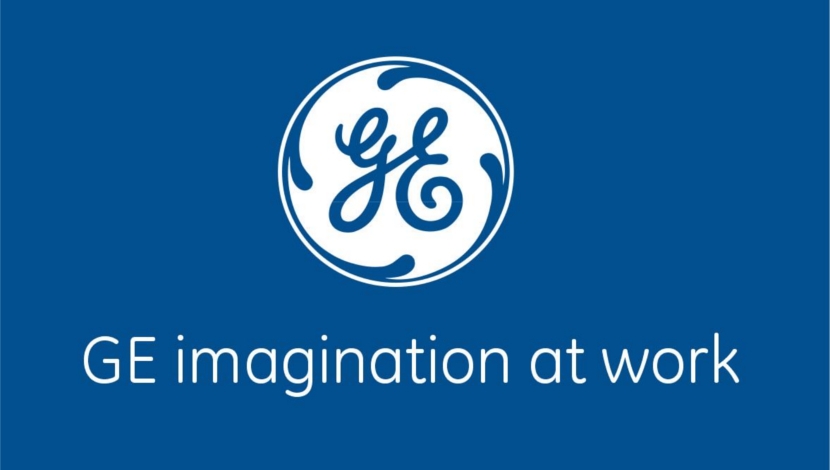
WSP | Parsons Brinckerhoff in Africa, one of the largest multi-disciplinary engineering consultancies on the continent, has announced that the new
Group Five head office has achieved both a Design and As Built 5 Star Green Star rating from the Green Building Council of South Africa (GBCSA). The building, located at the Waterfall Estate in Midrand and developed by ATTACQ, received the award in recognition of the environmental sustainability of the building.
Alison Groves, sustainability consultant, WSP | Parsons Brinckerhoff, Building Services, Africa, says; “As the sustainable design consultants for this project, we were involved with, and oversaw, all crucial elements of the project related to the sustainability of the building. From the schematic design stage, right through the construction phase, to the comprehensive reporting and handover, we helped Group Five to ensure that the building reflects the company’s commitment to environmental sustainability.”
Indoor environment quality
The primary role of a sustainable building is to provide a comfortable and healthy environment for the occupants of and visitors to the building. To that end the building has been designed to achieve a minimum 150% improvement on required fresh air rates and to ensure good quality air for all office usable areas. In addition, CO2 sensors provide constant air quality readings to the Building Management System (BMS) which will automatically adjust fresh air rates should CO2 levels rise. Additionally, the building has been designed to combat daylight glare, while 80% of the office’s usable areas have access to an outside view. Internal air quality is preserved by the use of low volatile organic compounds paints, carpets, and sealants, and dedicated tenant exhaust risers extract printer fumes at the source, reducing the build-up of harmful indoor pollutants.
Energy & water ecology
“Eenergy savings are achieved without inconveniencing building users or relying on individuals to take responsibility for energy saving by use of occupancy sensors energy meters to monitor energy use and identify excessive consumption. Group Five also decided to install ammonia chillers which operate at higher levels of efficiency to conventional chillers,” says Groves.
Low flow rate water fixtures and fittings were installed and rainwater is captured for reuse in irrigation and sanitation. Water meters continually monitor all major water usage and help detect water leaks.
“Being positioned adjacent to the Juksei River. it was important that the project didn’t increase the runoff rate into the river, and pollute it. To this end, the landscape and stormwater management systems were designed to work together. Two large attenuation dams were built to reduce and infiltrate stormwater. The dams themselves form important features in the landscape and provide a habitat for wild life and birds,” says Groves. “The bulk of the landscape has used indigenous plants that are well suited to survival without irrigation.”
Transport
The project provided the minimum parking bays as required by the local authority. In addition, five percent of these bays are designed for motorbike parking and a further five percent are reserved for fuel efficient vehicles.
“The site is currently served by the Sunninghill Gautrain bus and we anticipate that, as development increases in the vicinity, the public transport offering will also improve. This will continue to create access to alternative means of transport for the building’s occupants,” adds Groves.
WSP also worked closely with the project team to ensure the materials used at this site were in line with sustainability requirements – and that overall the greenhouse gas emissions associated with the operational phase of the Group Five Head Office were reduced as far as possible. The team worked closely with Group Five in the 12 month handover period, which included monthly monitoring, quarterly reporting and a full re-commissioning at the end of the project.
“As a construction company, Group Five sought to be on the forefront of sustainable design – bringing best practice initiatives into their very own building. The building is a great example of what can be achieved when partners who share a passion for sustainable design meet,” concludes Groves.
News via Group Five PR





